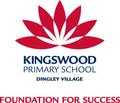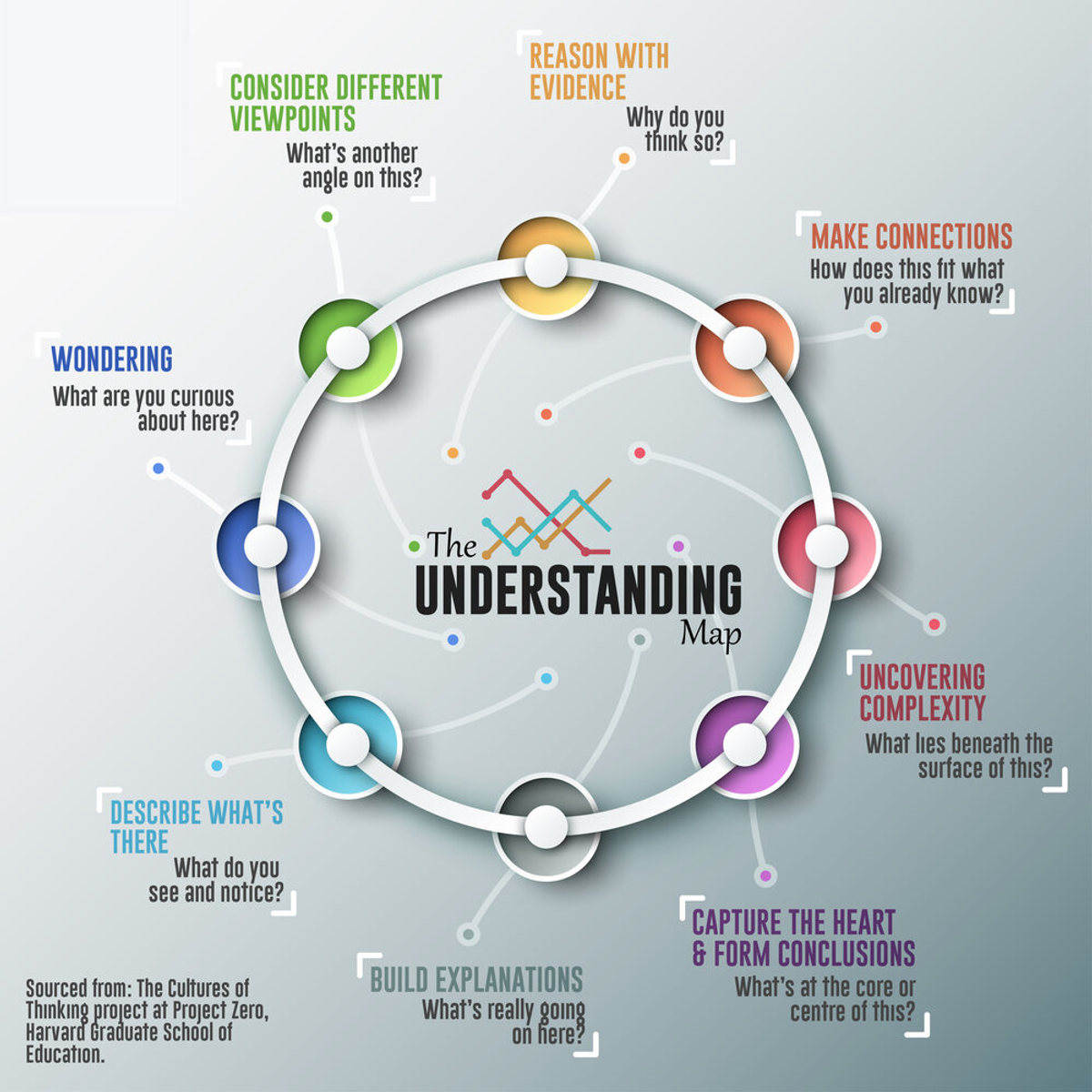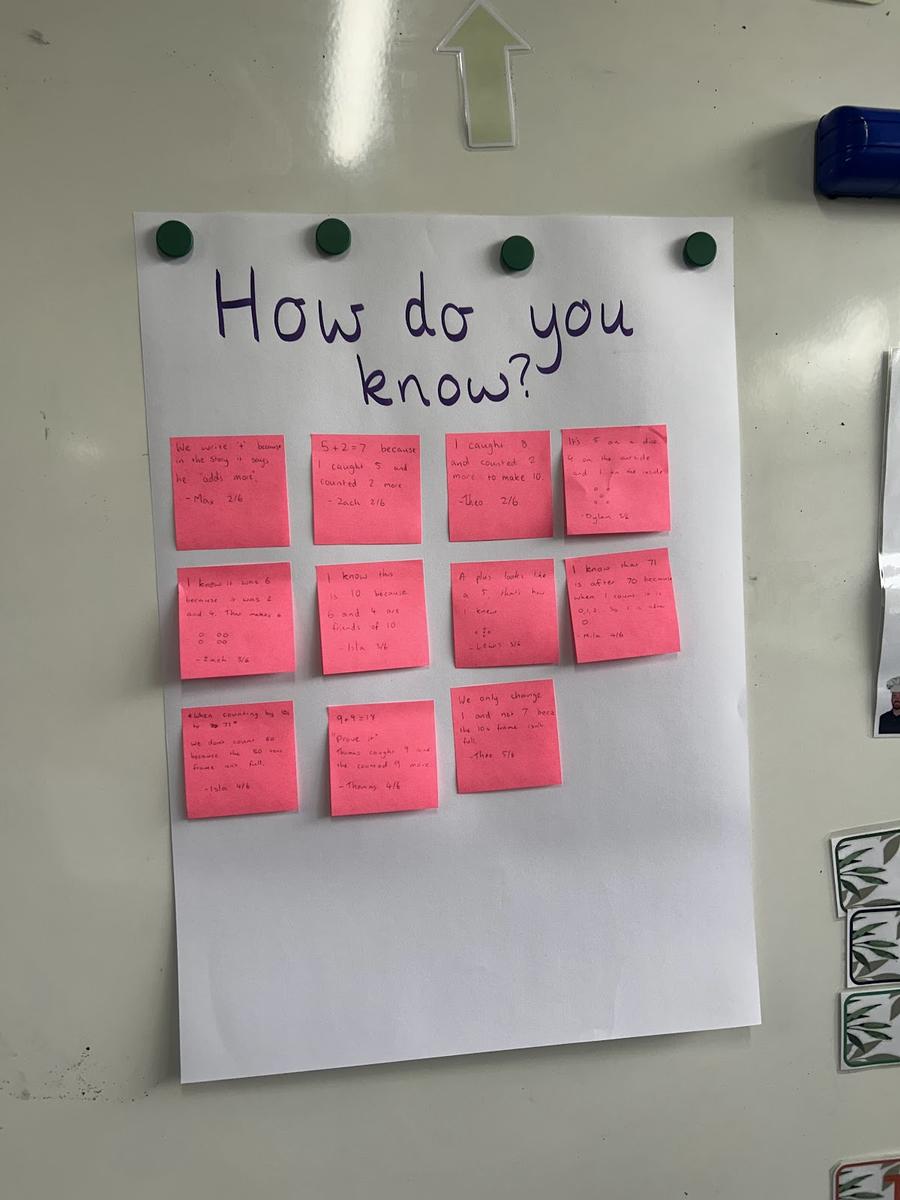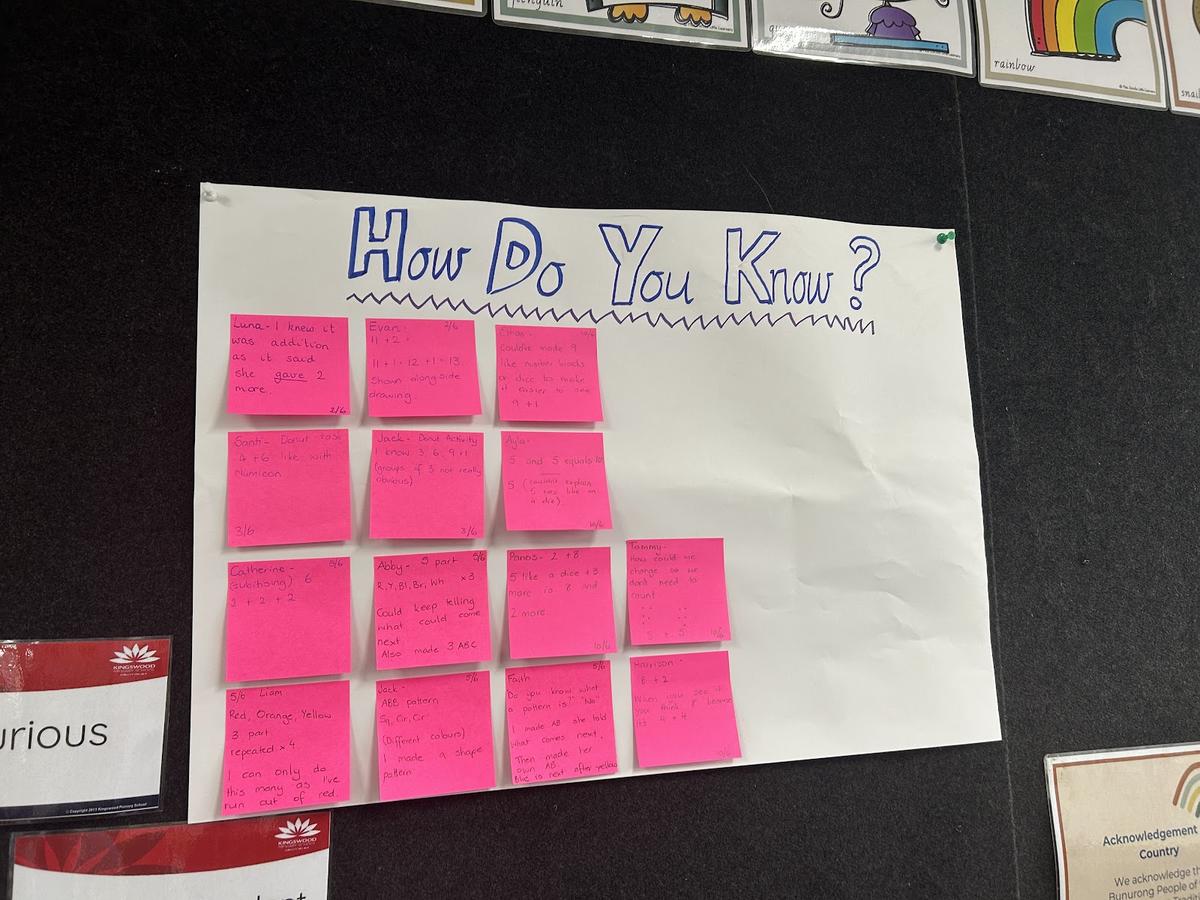Cultures Of Thinking
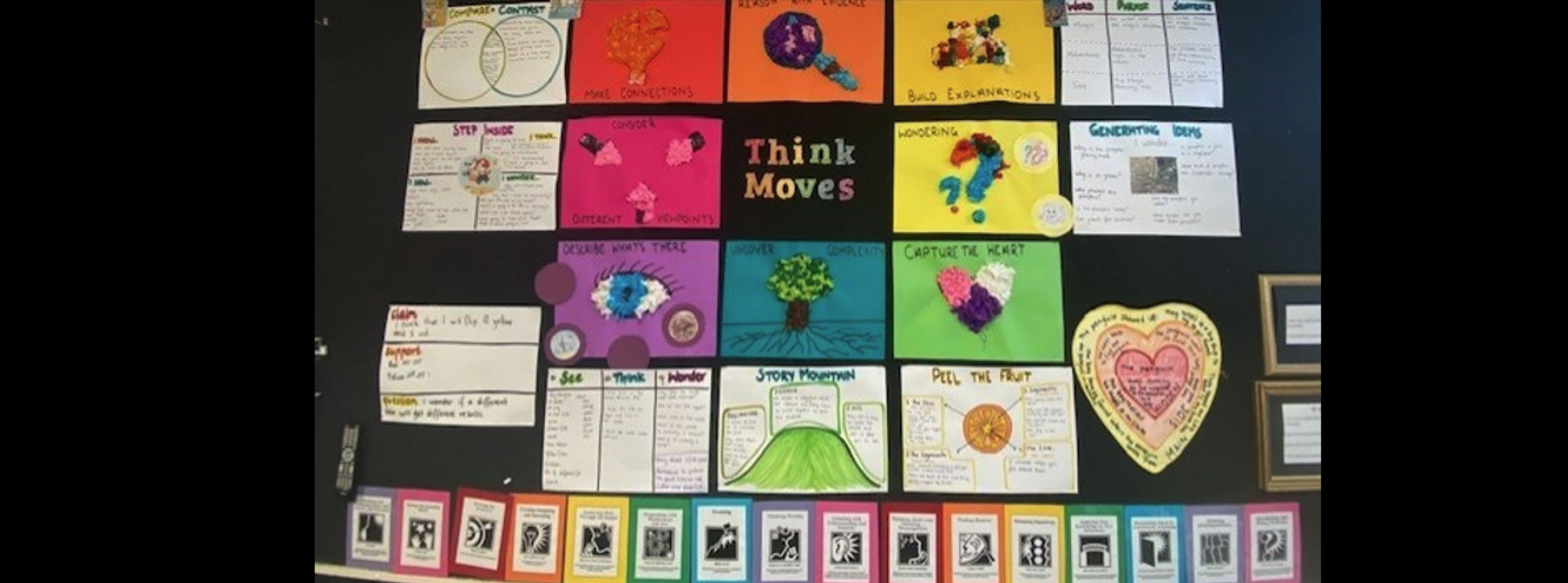
At Kingswood, we're continuously striving to cultivate a vibrant thinking culture, a place where curiosity thrives and deep understanding takes root.
A valuable tool guiding this journey is Ron Ritchhart's "Understanding Map." Think of it as a framework that helps us articulate and nurture the kinds of thinking that lead to genuine understanding. This map outlines eight key ‘think moves’, some of which being - considering different viewpoints, making connections, building explanations and reasoning with evidence.
The purpose of this map is to provide a broad view of understanding, moving beyond just memorization to encompass a dynamic process of making sense of the world. Its benefits are clear: it helps students become more aware of how they learn and builds a common language around critical thinking within our school community.
Preps Are Mastering "Reasoning with Evidence"!
This term, our Prep students have been particularly focused on developing the ‘Reasoning with Evidence’ think move. We often encourage students to explain, "How do you know that?". This simple yet powerful question is at the heart of reasoning with evidence.
Our Preps are actively encouraged to explain their thought processes and justify their answers. Whether they're counting, comparing, or identifying patterns, the emphasis is on not just getting the "right" answer, but on explaining the "why" and "how" behind their conclusions.
To further support this, our Prep classrooms have collaboratively created a ‘How Do You Know?" poster. This visual reminder helps students verbalize their reasoning. As they share their strategies and explain their thinking, their ideas are recorded on the poster, building a collective bank of evidence-based reasoning. This not only celebrates their individual contributions, but also provides a model for their peers, demonstrating various ways to explain and justify their mathematical thinking.
It's truly inspiring to see our youngest learners developing such crucial thinking skills!
Here are some of their responses:
When asked how they know a square has 4 sides:
"I know it has 4 sides because I traced all the way around and my finger went one, two, three, four times."
"It looks like a door and doors have 4 sides."
When asked how they know which tower is taller:
"I know this tower is taller because when I put them next to each other, this one goes higher up."
"I counted the blocks! This one has 7 and this one only has 5, and 7 is bigger than 5."
